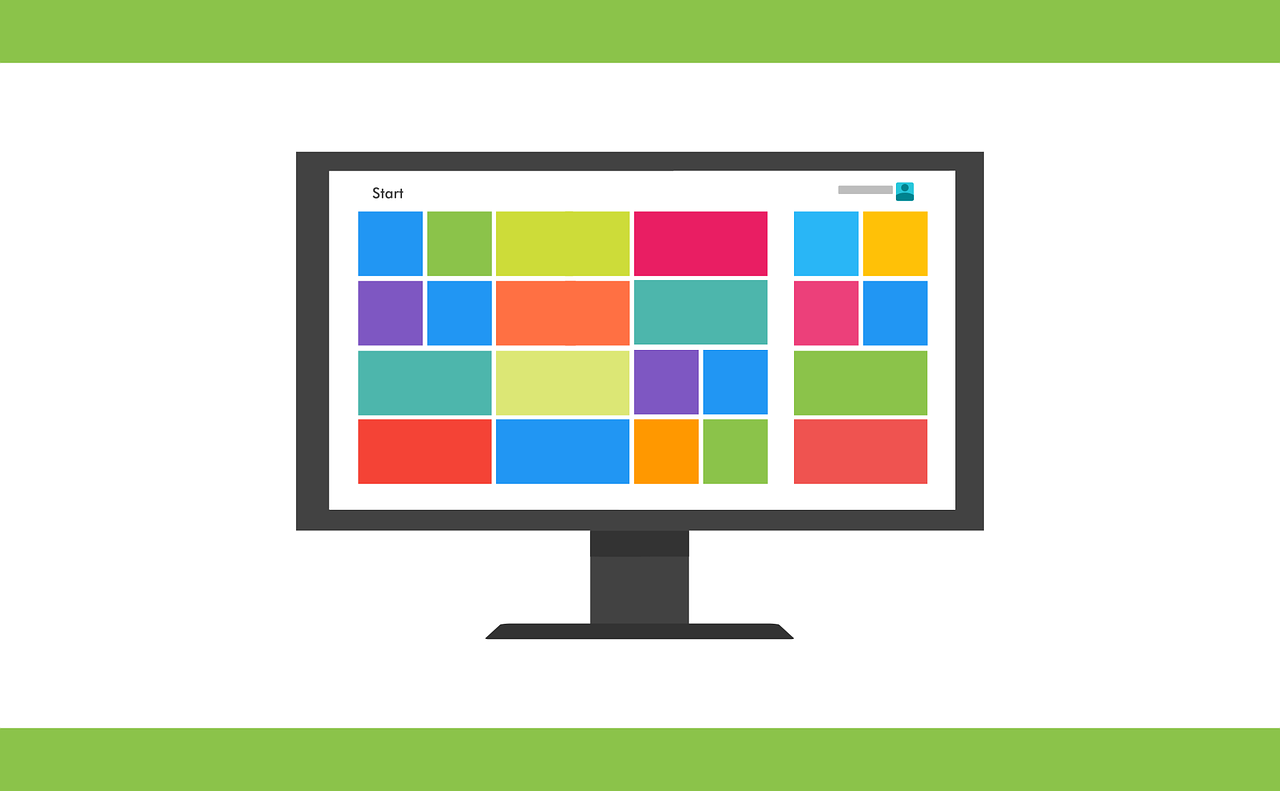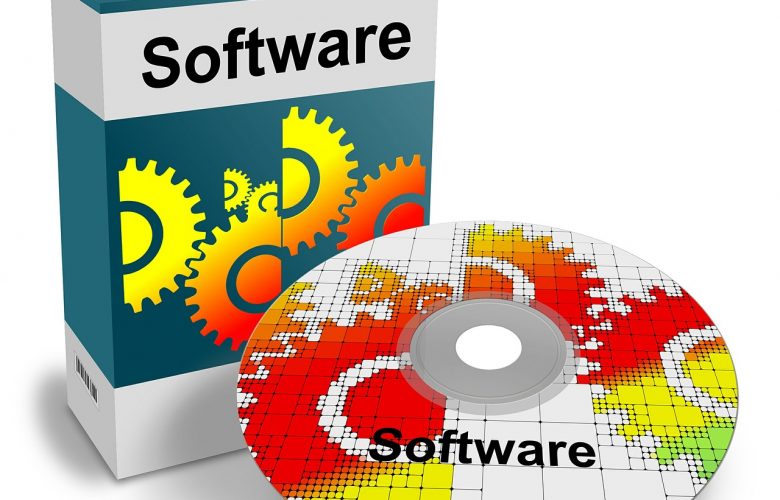There are many essential factors to starting a small business; first, you need a winning idea. Then, you’ll have to do some market research, track down partnering investors, and secure your capital. All of this is usually before your business has sold a single marketable product. But this isn’t all your business needs.
Once you have everything set up, you have to think about the essential software that’s going to power your business. It’s what powers the day-to-day operations, and the goal of your software should be to make the whole operation of your business cheaper, quicker, and easier.
Here’s how to set up your essential software systems for your small business, with little to no extra costs to you.
The Basic Operating System

Decide whether the systems for your business will be running on Windows, Linux-based systems, or Apple. It’s more than just personal preference; each system has its own benefits and drawbacks, and the fact that most systems might come installed with Windows doesn’t mean that you should stick with the default.
Linux, especially Mint and Ubuntu, is designed with small businesses in mind. Most of what you’ll need is already packaged into the installation, and it’s all open-source software, so it’s free! For some, getting accustomed to the operating system may require a bit more training. Linux support services are crucial for organizations and individuals who rely on Linux-based systems. These services provide assistance with installation, configuration, maintenance, troubleshooting, and optimization of Linux environments. By leveraging Linux support services, organizations can ensure their Linux systems are secure, reliable, and optimized, allowing them to focus on their core business activities.
Windows is popular, but its popularity is steadily declining in favor of Linux, especially among those who prioritize ease of use. If compatibility with Linux is an issue, opt for Windows, but if it’s not, you’re better off using Linux.
Apple is used by many professionals, including graphic designers and magazine layout artists. If you have a business that requires design capabilities, this should be your top choice.
Tax Software
Doing your taxes is an essential part of any business, at least if you don’t want repercussions a few months or years later down the line. Do things right from the start, and use essential software like TurboTax designed to make your tax returns easier.
Once upon a time, QuickBooks was the most popular option – but that’s not the case now, and there are plenty of open-source software options available that can help you do your taxes.
Just a few suggestions for tax return software include OpenTaxSolver and OpenTaxFormFiler.
Invoicing Software
Every business, whether offering a service or product, will likely need to invoice their clients for a job well done – and there’s no reason to muck about with trying to make an invoice with your word processor when you can just make use of an invoice generator app that’ll do most of the work for you.
Invoices must contain certain information, including the amount, the product or service, the applicable business, and its contact information and address. It’s just easier to use a receipt template for each one.
Free invoice templates can be downloaded from the Internet, or you can use a free invoice generator like the one at Invoice Home to send your invoices to your clients as soon as possible.
Point-of-Sale Software
Some types of businesses, such as retail businesses, require point-of-sale software. These used to be especially expensive for business owners because they were considered “specialist” software designed for commercial use—you’re going to make money from it, so software developers don’t mind charging a lot of money for it.
Lucky for all of us, there are many point-of-sale software options available for free, including Unicenta, Open Source Point-of-Sale, and PHP Point-of-Sale. These are easy-to-use software solutions that operate entirely online and keep your information in a larger database. There’s even Floreant, software designed specifically as a point-of-sale system for restaurants.
GPS and Location Software
Most people don’t associate mapping and GPS location software with starting a new business. You’ll need it very soon, especially when you have to see clients and other businesses in another part of town!
Most people use Google Maps by default on their devices, but there are other, more accurate options available: Take a look at Here, Waze, and Maps.me—some of these even allow you to pinpoint specific areas on the map or pull GPS coordinates to make the trip a little easier.
Networking Software
Working platforms like Basecamp, Asana, Trello, and WebCollab are hugely popular among freelancers and small businesses. This is especially true for those who employ multiple staff members who need to stay in touch with one another.
It’s easy to set up a central schedule (that anyone with permissions can access or edit as needed). You can even upload files, plan meetings, or schedule conference calls with your team.
Most are available with a smartphone or mobile equivalent, too, allowing you to stay in touch with your team while on the move.
Conferencing Software
Networking software can be overwhelming for most people, especially smaller businesses that haven’t yet expanded their staff. However, this doesn’t mean you won’t still need to speak with clients and customers, or schedule meetings. For this, you should consider using conferencing software that will be essential for your business.
These allow you to make both phone and video calls, or you can set up a “group chat.” Some even allow you to install third-party apps, making sharing and editing information for collaborative work even easier.
Skype is the most popular option, but it’s not the only one available: Viber, Google Hangouts, and FaceTime are also frequently used.
Smartphones

Small businesses must maintain constant communication with their customers and employees. Most people now carry a smart device.
Most of the software on this list has a mobile equivalent. It’s recommended that you use it in conjunction with installing it on your business’s main system. It’s just easier, quicker, and more convenient for you and your business.
What software do you consider essential for your small business?
